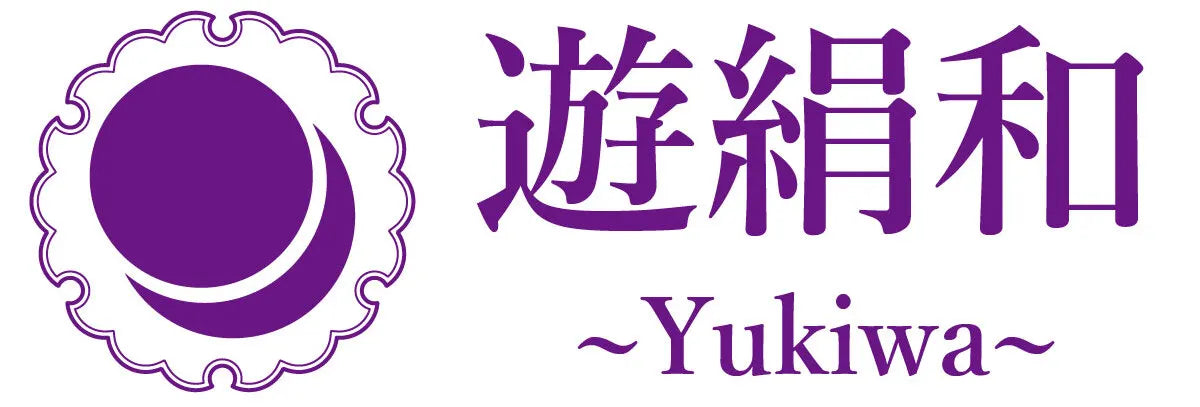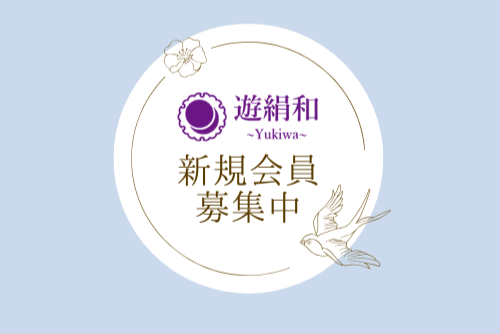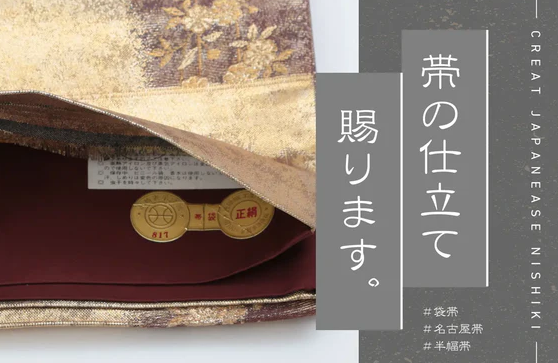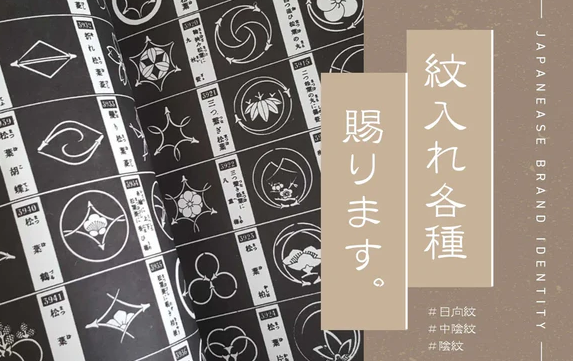Choosing a kimono for your wedding ceremony or reception
Wearing a kimono at a wedding ceremony or reception will add a touch of elegance to the venue and make the organizers very happy.
However, if you choose an outfit without knowing how to dress properly, your beautiful Japanese attire may end up looking out of place.
On this page, we will introduce how to choose the appropriate kimono and obi depending on the position of the person you are celebrating with, such as a relative, friend, acquaintance, or coworker.
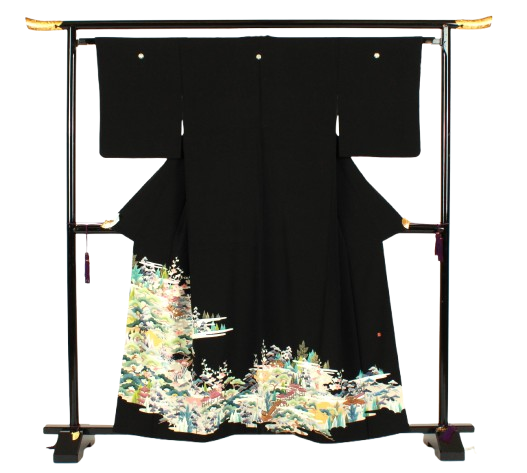
In the case of the mother, relatives, or matchmaker
First formal attire for married women
The black tomesode is the most formal attire worn by the mother and other relatives who are the host of a wedding ceremony and reception. It features five dyed crests and is worn with a hidden placket to represent the layering of joy.
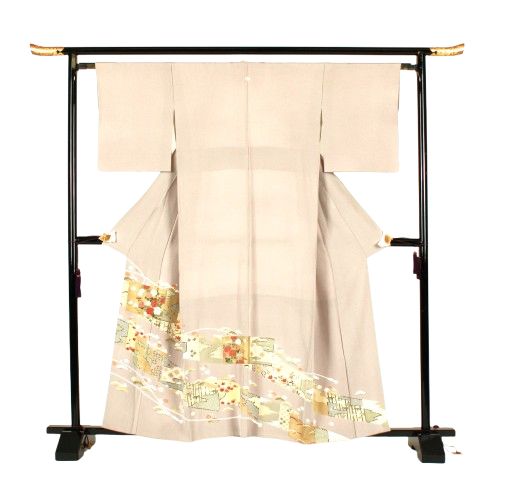
In the case of a sister, cousin, acquaintance, or colleague
Formal attire for married and unmarried women
The rank of a colored tomesode varies depending on the number of crests. If it has five crests, it is of the same rank as a black tomesode. If it has three crests, it is suitable for weddings of friends and acquaintances who are not relatives. If it has one crest, it can be worn at the same rank as a visiting kimono.
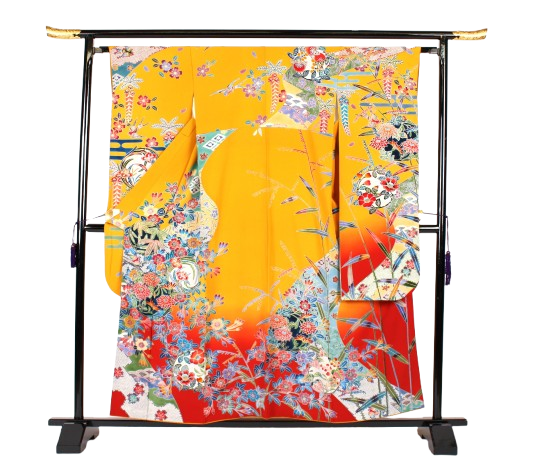
In the case of a sister, cousin, acquaintance, or colleague
First formal attire for unmarried women
Furisode is a formal kimono worn by unmarried women. In recent years, it has been worn mainly for coming-of-age ceremonies, but it is also popular for weddings of friends and acquaintances.
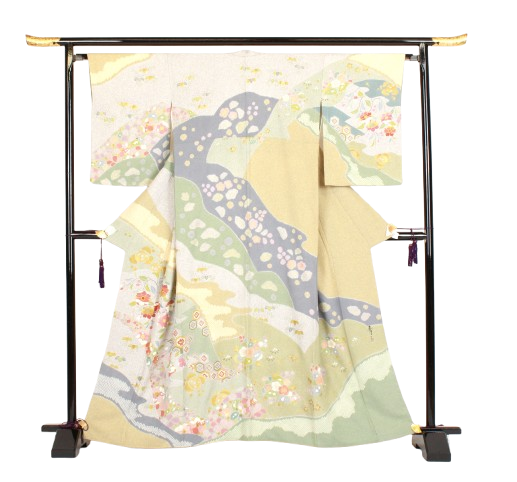
In the case of a sister, cousin, acquaintance, or colleague
Classic patterns for celebrations
Homongi is a semi-formal kimono that can be worn by both married and unmarried people. It is recommended for weddings and other formal occasions.
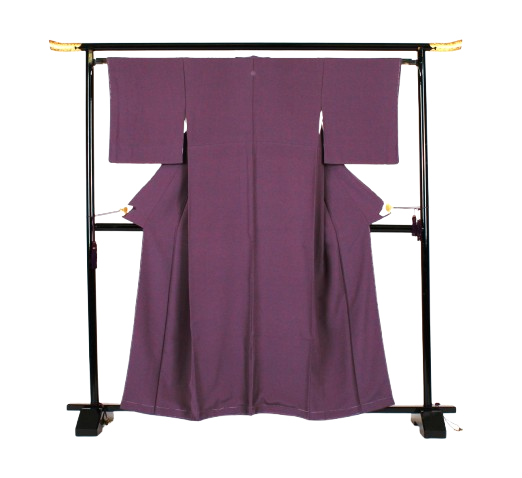
In the case of a sister, cousin, acquaintance, or colleague
For a more modest look, choose plain colors.
Iromuji is a semi-formal kimono that can be worn by both married and unmarried people. If you think Homongi is too flashy, we recommend an Iromuji with a single crest. For weddings and other formal occasions, an Iromuji with a ground pattern such as rinzu or a shading effect is good.
